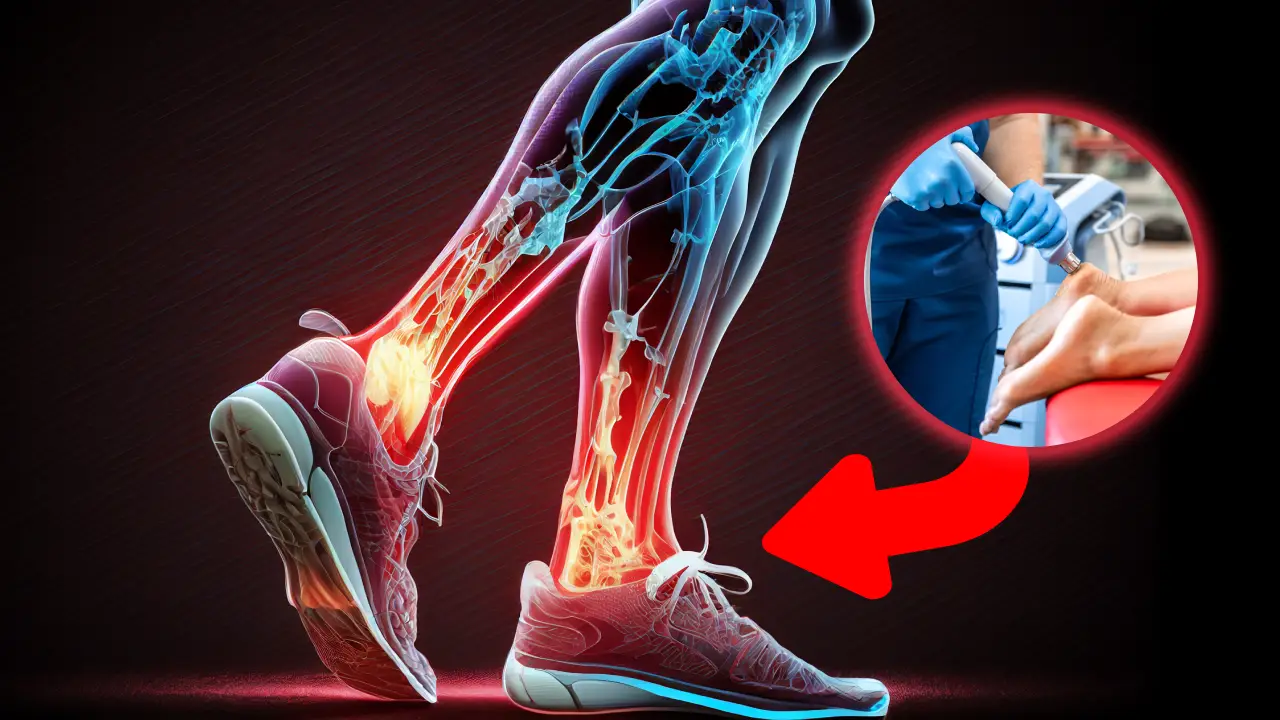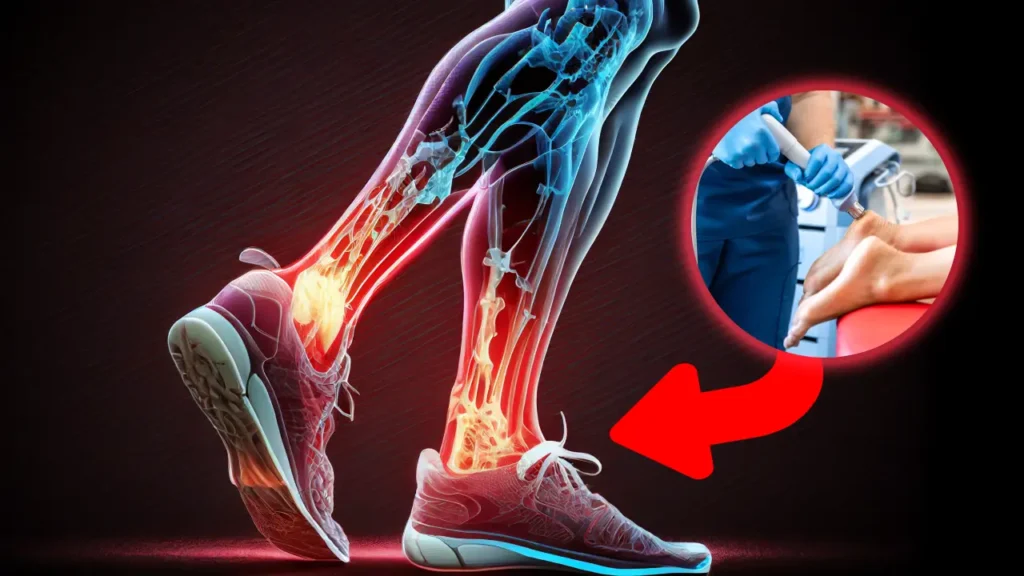
10 Pain Signals During Daily Tasks that Physiotherapy Can Work On
- Mon Nov 10

Tendon tension often shows up during everyday movement: reaching overhead, stepping out of a car, pushing a door, lifting groceries, or easing into a run. These tissues connect muscle to bone and withstand repeated loads. Still, sometimes they react when the force increases too quickly. Tasks that used to feel routine can begin to feel stiff or uncomfortable.

Many individuals who stay active through hiking, gym routines, skating, or recreational sports seek approaches that support tendon repair without stepping away from movement altogether. This is where Shockwave Therapy can play a meaningful role in a physiotherapy plan. Instead of focusing on quick fixes, it encourages a gradual shift in how the tissue responds to load.
The aim here is to explore practical, clear strategies that support your sessions and your tendon’s capacity—combined with consistent routines that feel manageable.
Tendons don’t respond quickly to change. They adapt slowly, building capacity through repeated, measured use. When they get irritated, many people try either complete rest or abrupt strengthening. Both extremes can make progress inconsistent.
Shockwave Therapy is frequently used in clinics because it applies sound waves to the affected region, encouraging circulation and stimulating a response that may support tissue adaptation. It does not work in isolation. Progress grows when it pairs with steady exercise, activity pacing, and awareness of how you’re using the affected region during daily routines.
Everyone’s starting point is different, but patience matters more than intensity.
Shockwave Therapy is usually one part of a broader physiotherapy plan. The process is straightforward: a clinician applies a handheld device to deliver pulses to the targeted area. These pulses interact with tendon tissue, potentially encouraging new cellular activity and circulation.
However, Shockwave Therapy is most helpful when paired with regular exercise that gradually strengthens the involved tendon. The treatment time itself is brief, but progress occurs over days and weeks of movement patterns, pacing, and intentional follow-through.
Below are seven practical adjustments that many patients use as part of their tendon recovery plan.
Before beginning Shockwave Therapy, it helps to note which daily activities do not cause discomfort. The tendon usually responds well to consistent, light movement rather than complete inactivity.
Examples might include:
This creates a baseline from which progress can grow.
Consistency matters more than big jumps in exercise. Shockwave Therapy supports the tissue environment, but day-to-day movement helps sustain it.
A physiotherapist may choose small, repeatable exercises to support the tendon, such as:
Repeatable rhythms promote gradual adaptation.
Before attending a Shockwave Therapy appointment, some light preparation can help:
This can help tissues feel more responsive during the session.
During Shockwave Therapy, you may feel firm pulses. Communicating sensation levels allows your physiotherapist to adjust the intensity. It should not feel sharp or overwhelming. Your input shapes the pace and angle of the session.
Clear communication helps keep your recovery consistent instead of reactive.
After the initial irritation eases, strength training becomes essential. The tendon needs to handle everyday load again.
Standard early options include:
These movements work alongside Shockwave Therapy to steadily and safely increase the tendon’s capacity.
After a Shockwave Therapy session, avoid jumping straight into explosive or heavy training. However, avoid complete rest as well.
Instead:
This lets the tendon adapt to the session rather than react to sudden workload shifts.
Tendon recovery rarely shows progress from day to day—but looking across weeks often reveals meaningful change.
Noting small shifts in Mobility, strength consistency, or daily comfort can help you see progress even when it feels slow. Shockwave Therapy supports this gradual momentum.
Many individuals live active lifestyles shaped by seasonal sports, outdoor terrain, and work patterns. Tendons may react differently depending on weather, training frequency, sleep patterns, and stress. Having a physiotherapy clinic nearby helps you stay steady through these shifts. A location-based plan matters—you want a routine that fits the activities you already enjoy, not one that asks you to step away from them.
Shockwave Therapy works well when it is part of a plan that fits the pace of real life, not a drastic overhaul.
If tendon tension has been limiting how you move, walk, work, or exercise, connecting with a clinic team that focuses on steady progression may help you feel more supported throughout the process. Our clinic provides Shockwave Therapy along with structured loading plans, clear communication, and approachable progress tracking.
To get started with a session or ask questions, you can reach out to The Port Physiotherapy & Massage here. We are here to support your movement goals at a pace that feels manageable and clear.